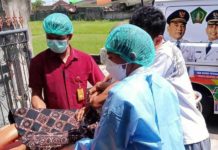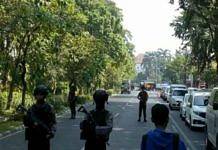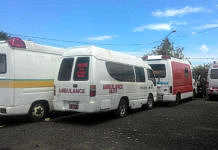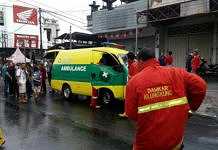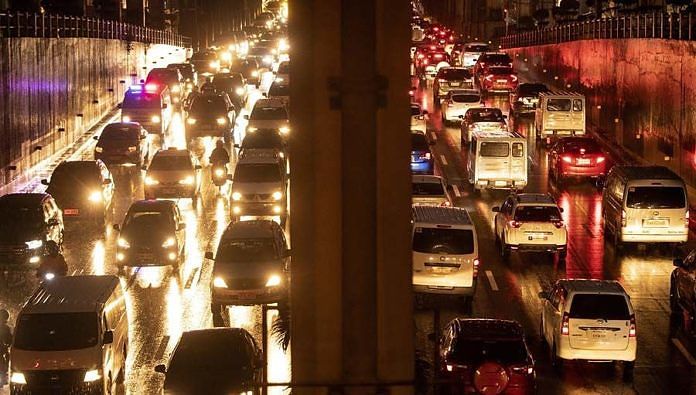
MANILA, BALIPOST.com – Gridlock in Manila is costing lives as ambulances stuck in traffic face severe delays in the race against the clock to reach the city’s hospitals, medics warn.
Special lanes for emergency vehicles are not enforced, the infrastructure is outdated, and local drivers are often unwilling or unable to make way — a situation experts say is causing patients to die en route.
“You feel empty. It is as if you were not given a chance to do everything in your capacity to help,” ambulance driver and paramedic Joseph Laylo told AFP.
“If the traffic was not that bad it could have saved the patient,” he added, recalling how he lost a patient when congestion tripled the time to hospital.
Even with an encyclopedic knowledge of short cuts or aggressive driving such as blasting their horns or bumping unyielding vehicles, it is not always enough to arrive in time.
Driver Adriel Aragon is still haunted after losing a critically ill patient when it took 40 minutes to reach the hospital — the journey should have taken half that time.
“No matter how hard we honk, even if we use our siren, if the vehicles are not moving it doesn’t matter,” he said.
“That’s what happened that time,” Aragon added of the 2014 tragedy.
Five minutes before they reached the hospital the woman’s pulse disappeared. She was pronounced dead after they wheeled her into the emergency room.
At peak hours, the main arteries of Manila are clogged with idling cars — a 25-kilometre (16-mile) end to end drive through the main highway can take as long as three hours.
Home to some 13 million, there is nearly one vehicle registered per person. The resulting gridlock costs the city $67 million daily in lost productivity, according to a 2017 Japanese government-funded study.
– Life or death –
Neither the government nor ambulance companies keep count of how many patients die in traffic each year, officials said, but emergency medical workers in the city have many horror stories.
Laylo says one patient died inside his ambulance after heavy traffic on a narrow road added 10 minutes to the journey from the patient’s home to the hospital.
“It was about 5.7 kilometres. Normally it would take us less than five minutes, but it took us 15 minutes that time,” Laylo explained.
“When you’re trying to save a person’s life, that is very slow,” he said, still upset by the 2017 incident.
Images of ambulances stalled in unmoving traffic jams have sparked outrage on social media in the Philippines.
One of the most notorious examples — which has been viewed over 3.2 million times online — was filmed by a woman shocked that cars wouldn’t or couldn’t give way to the ambulance carrying her mother.
“I was very angry. I was worried too because we couldn’t do anything about the vehicles blocking our lane,” the woman, Jing Zamora, told AFP. (AFP)



